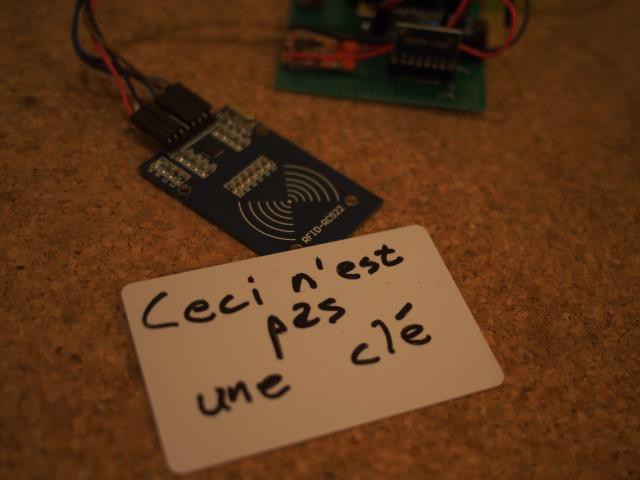[Update: 2015/08/15] -
I now consider this project complete and highly successful. I've been using it IRL for 2 months and its great! I'll likely print out a case for it (and add a project log of course) otherwise it's done.
Note
This project is not for beginners. It assumes some familiarity with Arduino and the Arduino IDE. Intermediate soldering skills are also required. Also we're pushing the limits of the Atmega328P RAM. So the we use a separate sketch to provision keys. (Note- I originally wrote it as one app and had the key provisioning data in EEPROM. But it was WAY too big to compile once the MPU and GPS parsing code was added. )
While this project is ongoing, its also quite stable. My biggest remaining challenges are to see-
- how small can I make the finished hardware?
- how many features can I fit into 32k RAM?
- How low can I get the power consumption?
The current version uses the Arduino Pro Mini at 3.3V which eliminates the need for the boosting regulator that was in the original version. (The first prototype was built from parts I had lying around.) The alarm sits on the FONA like a shield and is about as small as I can make without busting out Kicad . If you wish to follow along and build one yourself, check out the 'Directions' section below.
Prerequisites
In addition to the Arduino IDE, this sketches use the following Arduino Libraries and will not compile without them-
- I2CDevLib: https://github.com/jrowberg/i2cdevlib
- AdaFruit FONA Library: https://github.com/adafruit/Adafruit_FONA_Library
- RunningAverage Library(included in libraries dir): http://playground.arduino.cc/Main/RunningAverage
Software
This project consists of 2 sketches- Bike-Alarm and newKey.
- Bike-Alarm is (as you might imagine) the alarm sketch.
- newKey provisions a new PICC card. In order for everything to work, the RFID encryption keys, sector number and token data MUST match in both sketches. It can also be used to unprovision or test PICCs.
(BTW - Please don't use the default key or token! It'll work. But it's like making your password 'password'.)
Usage
Once the system is installed and configured, to use you simply place the provisioned PICC (card) in it's 'pocket' within range of the RFID reader. Once the reader authenticates the PICC, the alarm emit beep three short beeps, indicating it's disarmed. Remove the PICC and the alarm arms, emitting one long beep.
When armed, the Arduino turns on the GPS, then scans the output from the MPU6050. If motion is sensed an SMS with the GPS coordinated, heading and speed of the bicycle are sent to the alert phone. SMS are sent by default every 4 minutes while motion continues or every 10 minutes until the alarm is disarmed. (This behavior can be altered in the config.) The alarm is silent and does not beep when triggered. However, you could also change that in the sketch, should you so desire... (or perhaps even take some other action, like have it voice dial your mobile and yell at the thief via speaker phone? ;-)
Troubleshooting
If you run into problems there is quite a bit of disabled debugging code in the sketch that can be used with the serial monitor to figure things out. But even enabling the DEBUG #ifdefs is unlikely to work because the sketch uses almost all of the Atmega328P's memory without any debugging enabled. So you'll probably need to enable the debug messages you need 'a la carte' by commenting out the #ifdef and #endif on either side of them. Most errors can be deduced by the beep. If you run into issues you can post your question here on the project page and I'll try to assist.
To prevent issues always power up with the PICC next to the reader. If the unit beeps continuously on power up there was an error initializing the hardware.
If the unit beeps continuously when arming then there is no GSM network available to the FONA - Check your antenna and SIM.
License (GPL v2) is available on the Github project page.
Bugs can be reported to info@boffinry.org.
This is a work in progress! This does NOT come with any warranty or guarantee of fitness for a particular purpose! It is provided in the hope that it will be found useful.
 Alpha Charlie
Alpha Charlie